Leaves of Phal Dying and I don't know what's Wrong - Please Help!
katdoingmybest7a
4 years ago
Featured Answer
Sort by:Oldest
Comments (15)
katdoingmybest7a
4 years agoRelated Discussions
I don't know what is wrong with my basil plant.
Comments (2)It looks like it might just be sunburn or nitrogen burn to me. I'm assuming you've not shown the undersides of the leaves because they look normal? Are you wetting the leaves when you water/fertilise? To be honest, I don't have much experience with diseases on basil, but I used to wet the leaves when I first started gardening and they quickly burned. It looks similar to what I can see in the photo....See MoreHelp, don't know what is wrong with my lemon tree?
Comments (9)Hi Lisa and John First thank you for helping me out. The soil is 1 year old (I've moved her into a much bigger pot in June), but I think it's of wrong type (will fix this tomorrow). I didn't fertilize through the winter, but have started lightly one month ago with a German bio fertilizer (Bio-Zitruspflanzendünger). I've also looked at the bottom of the leaves as you asked and on some leaves have brown spots. Now as branches had these when I bought it I fought that it was part of the tree. Now if I use my nails on the brown spots they get off very easily. Are bugs attacking my plant? Brown spots. Removed the brown spots from the branch. Br Waldemar...See MorePlease help! I don't know what is wrong with my shrub!
Comments (5)Before doing any more, or allowing people that do not know what they are doing spray something else, tak samples of this shrub and place them in a sealable plastic bag and take it to your local office of the University of Florida Cooperative Extension Service. They will identify what the problem is and what the appropriate means of control might be. http://sfyl.ifas.ufl.edu/map/index.shtml...See MoreHelp! I don't know what's wrong with my Rhododendron!
Comments (2)There are various fungal organisms that can produce leaf spotting as shown....septoria, phyllosticta, cercospora. They are often associated with sunscald or winter damage and are typically encouraged by wet weather. I'd guess this to be septoria, as yellowing and foliage drop, especially of the lower, older foliage, is common with this. Take samples into your local extension office for recommended treatment options for your area....See Morekatdoingmybest7a
4 years agoMeyermike(Zone 6a Ma.)
4 years agolast modified: 4 years agokatdoingmybest7a thanked Meyermike(Zone 6a Ma.)katdoingmybest7a
4 years ago
Related Stories

FUN HOUZZEverything I Need to Know About Decorating I Learned from Downton Abbey
Mind your manors with these 10 decorating tips from the PBS series, returning on January 5
Full Story
EXTERIORSHelp! What Color Should I Paint My House Exterior?
Real homeowners get real help in choosing paint palettes. Bonus: 3 tips for everyone on picking exterior colors
Full Story
HOME OFFICESQuiet, Please! How to Cut Noise Pollution at Home
Leaf blowers, trucks or noisy neighbors driving you berserk? These sound-reduction strategies can help you hush things up
Full Story
REMODELING GUIDESInterior Brick: Paint it or Leave It?
Here's how to know if covering that brick is a sin or solution
Full Story
GARDENING FOR BIRDSWhat to Know About Birds Nesting in Your Yard
Learn how to observe, record data and help ornithologists with NestWatch’s citizen science project understand bird trends
Full Story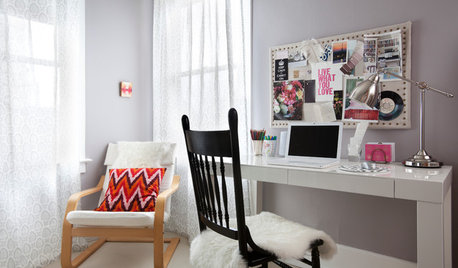
WORKING WITH PROS10 Things Decorators Want You to Know About What They Do
They do more than pick pretty colors. Here's what decorators can do for you — and how you can help them
Full Story
REMODELING GUIDESWhy Marble Might Be Wrong for Your Bathroom
You love its beauty and instant high-quality appeal, but bathroom marble has its drawbacks. Here's what to know before you buy
Full Story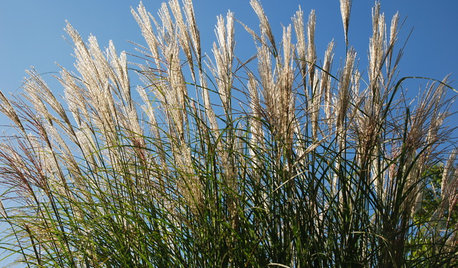
LIFEConsider Avoiding These Plants to Help Keep Your Garden Fire-Safe
Plants that accumulate dead material, are high in oil or have low moisture content in leaves put some homes at risk
Full Story
BUDGETING YOUR PROJECTConstruction Contracts: What to Know About Estimates vs. Bids
Understanding how contractors bill for services can help you keep costs down and your project on track
Full Story


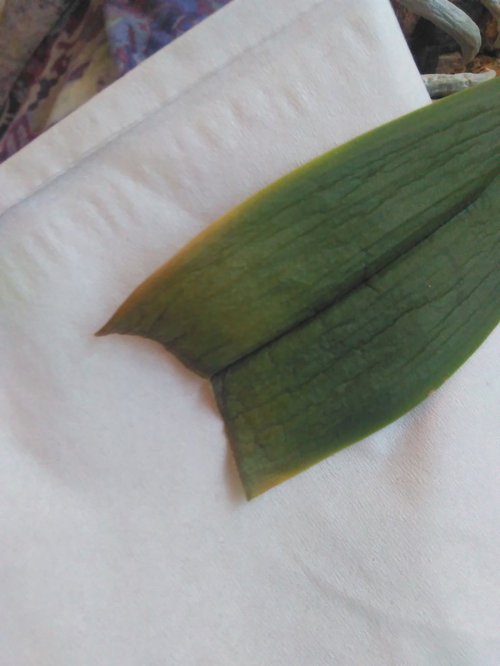
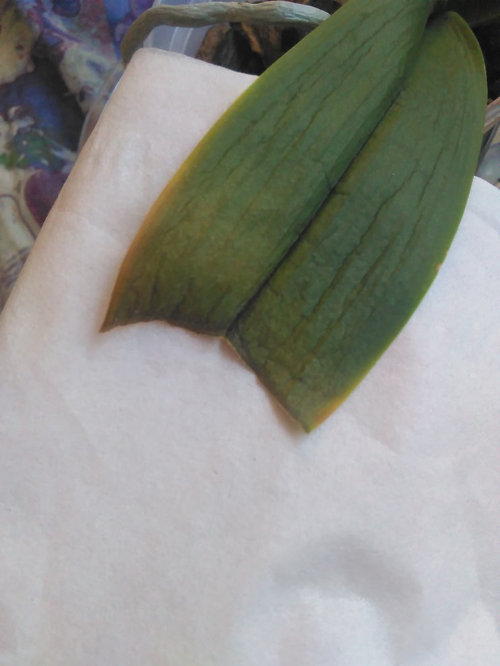
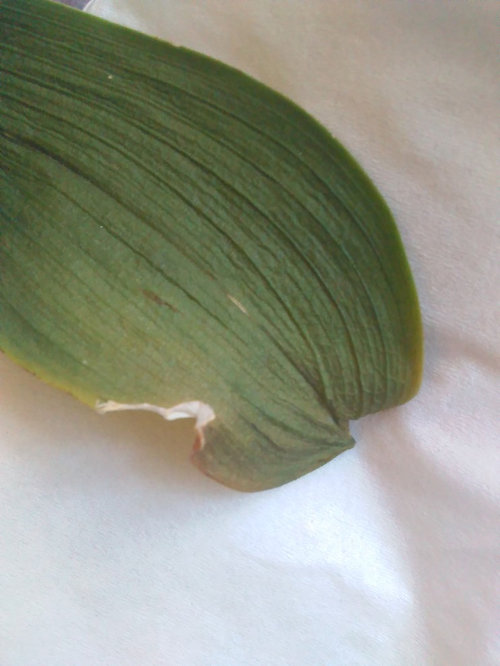

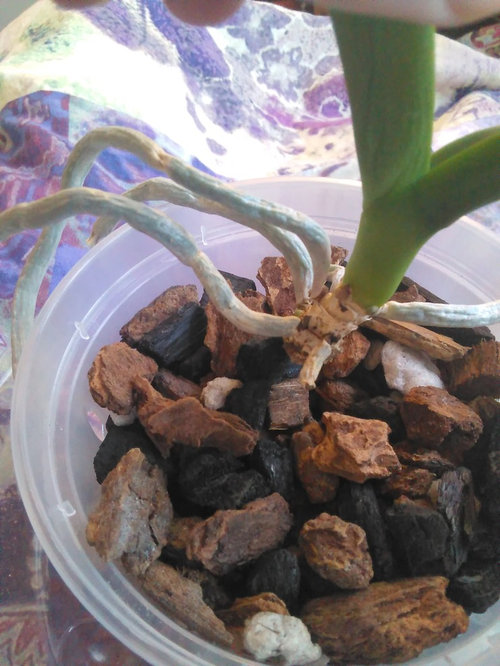

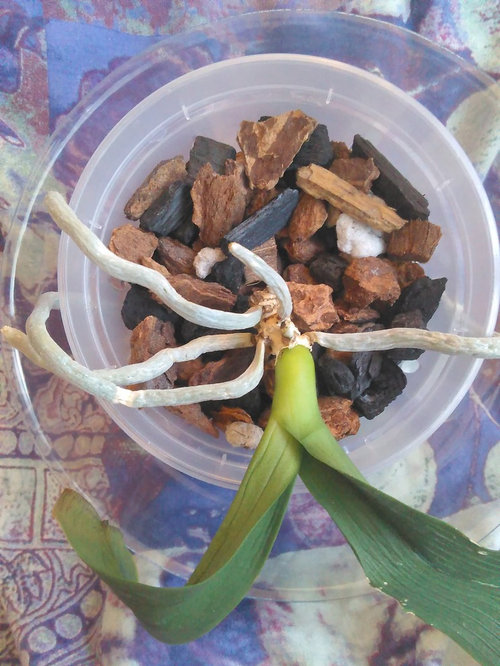
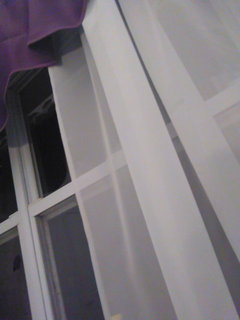




woodrose